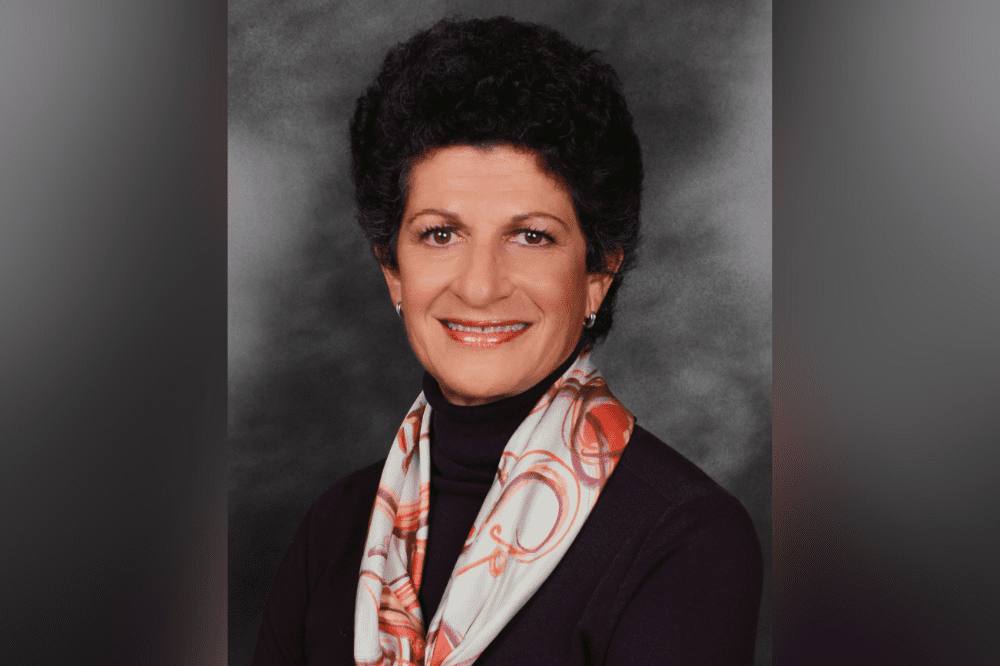What the US property insurance market can expect for the rest of 2022

Alex Glickman (pictured), senior managing director of Gallagher’s global real estate and hospitality practice, said insureds must lead with strong, defensible data and be ready to prove the soundness of their methodology in obtaining those values.
“The first step is understanding the valuations and making sure that the replacement cost is correct and true, because premiums are a function of the replacement costs. Most people want to insure at as low a value as possible, because they don’t want to pay the premium. Unless, of course, they have a loss, and that the damage exceeds what was reported,” said Glickman.
“So, step number one, tell the truth when it comes to valuations, because the insurance industry has finally gotten wise to it,” she advised insureds.
Read more: How to lower your home’s fire risk – and insurance
Underreported property valuations by some policyholders have ramped up costs for everyone else, the Gallagher report said. If insurers can’t be confident of the submitted values, they may choose to deploy less limit capacity than in past years or opt to tighten a policy’s terms and conditions for paying out a loss. They may also choose to ask the policyholder to take on more of the risk through increased deductibles and retentions, or charge higher premiums.
Glickman cited claims from winter storm Uri in Texas from February 2021 as an example of underreporting taking a heavy toll on insurers. Uri dumped record amounts of snow in Texas and was dubbed the costliest winter storm on record with $200 billion in damage and more than 100 fatalities.
“There were some incredibly large losses [during Uri] whereby large portfolios of assets were underinsured. When the claims came in, insurance companies who thought they were not exposed were in fact exposed mightily to catastrophic loss,” she said.
The Gallagher report noted that non-cat exposed, loss free asset classes could expect rate increases to continue tapering this year. But less desirable asset classes, insureds affected by losses, and cat exposed insureds will see “more difficult renewals.”
Big losses from smaller natural catastrophes
Another piece of advice Glickman had for insureds was to understand their exposure and take on risk mitigation strategies where possible. This comes as underwriters grow increasingly concerned about exposure to so-called “secondary” perils, such as storms, floods, and wildfire.
Since “primary” perils like earthquakes and tropical cyclones are seen to have the highest loss potentials, they are usually well covered. But 73% of total insured losses from natural catastrophes in 2021, about $81 billion, were from events classed as “secondary” perils, according to Swiss Re.
Read more: Tens of millions of US properties facing massive risk – report
“Are they as exposed to California earthquakes, are they exposed to wildfire? If they’re exposed to California earthquakes, and it’s an older asset, does it make sense to retrofit to reduce the risk? You’re not just reducing the risk to the actual damage to the real property, you’re also trying to maintain your income stream, because real estate is all about rent,” Glickman said.
“It’s understanding that cash flow because the cash flow supports the debt payments and the investors. So, understanding your exposure and what you need to do to protect the cash flow are the key issues. And then if you can mitigate risk like wildfire, then you clear brush, you make sure that you’ve got fire retardant, structures, roofing, and so on. There are a lot of loss mitigation strategies out there. No-one’s got a problem until there’s a problem. And no-one thinks you’re going to need insurance until you do.”
The ‘Great Resignation’ bites
The US Labor Department said the so-called “Great Resignation” saw 48 million people quit their jobs in 2021. The exodus of employees has also hit the property insurance market, as commercial insurers receive millions of submissions each with fewer underwriters to process them. This is another factor contributing to the heightened property rate environment, Gallagher reported.
“There has been a lot of retirements and resignations, coupled with the fact that insurance companies are trying to de-risk their portfolios, and the reinsurers who take their risks are charging more premium. Insurance companies are becoming a lot more mindful of what their portfolio risk exposure is, because they need to protect their balance sheet. They are taking much more conservative positions,” Glickman said.
Gallagher’s report noted that insureds face more competition for less capacity amid the industry-wide shortage of underwriters, underscoring the need for quality data submission.
“The way that a client can differentiate themselves is to provide complete data, including secondary characteristics. That way when an underwriter runs their models on a specific client because they’re looking not just at the client, they’re looking at the impact that clients may have on their overall portfolio,” Glickman continued.
She said they recommend all their clients get into the granular detail when they provide underwriting data.
“The easier you can make it for the insurance underwriter to understand the risk, the more they’ll feel comfortable with the risk and underwrite it appropriately, because more information leads to better outcomes,” she said. “When there’s a lack of information, people will jack up the price, it’s just that simple.”





